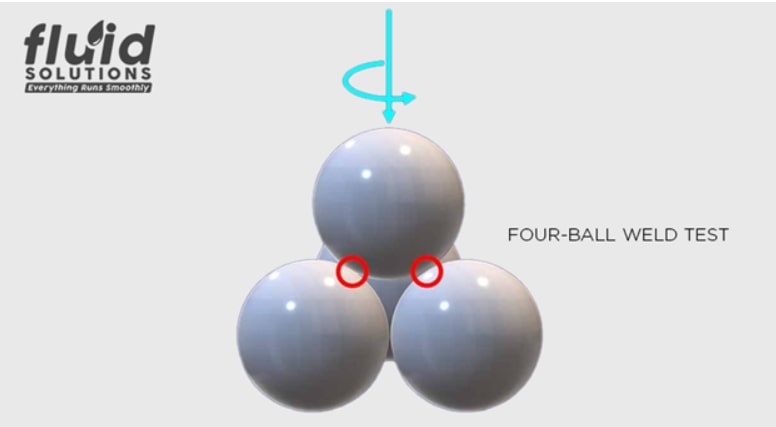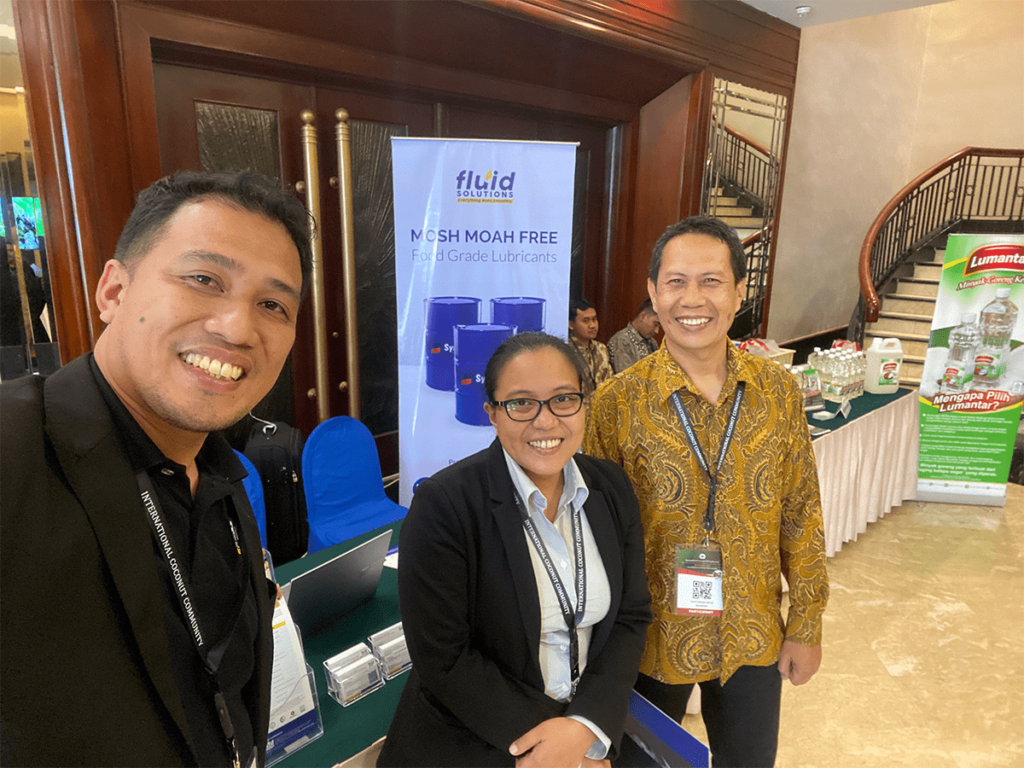
Lubricants play a crucial role in the efficiency of machinery, especially in applications involving high loads and low speeds. The load-carrying capability of a grease or lubricant is a critical parameter that ensures the longevity and efficiency of mechanical components such as bearings and gearboxes. To accurately assess this capability, engineers and lubrication specialists rely on various tests –one of the most significant being the Four Ball Weld Load Test. This test provides insights into a lubricant’s performance under extreme pressure, making it an essential tool for selecting the right lubricant for heavy-duty applications.
What is the 4 Ball Weld Test?
The 4 Ball Weld Test is a standardized method used to evaluate the extreme pressure (EP) properties of lubricants and greases. For applications such as low-speed heavily loaded bearings and gearboxes, or heavy-duty machining on tough metals, a 4 Ball Weld Load Test provides insight into a lubricant’s load-carrying capability.
The Testing Process
The 4 Ball Test is conducted using a specific test rig designed to simulate the conditions under which lubricants must perform. A lubricant or grease is sandwiched between 3 bottom steel balls, and a rotating steel ball from the top. The load gradually increases in the test-rig until the lubricant film is not sufficient to prevent welding of the 3 bottom balls and the top ball. Here’s a detailed step-by-step description of how the test is carried out:
- Setup: Three steel balls are placed in a cup, forming the stationary base. The lubricant or grease to be tested is applied between these balls.
- Rotation and Loading: A fourth steel ball is rotated against the three stationary balls at a predetermined speed. An initial load is applied to the rotating ball.
- Incremental Load Increase: The load is gradually increased at specific intervals until the lubricant film can no longer prevent metal-to-metal contact, resulting in the welding of the rotating ball to the stationary balls.
- Recording the Weld Point: The load at which welding occurs is recorded. This value is known as the weld load.
Explanation of Test Conditions and Intervals
The test conditions, including the speed of rotation, the initial load, and the rate at which the load is increased, are standardized to ensure consistency and reliability of the results. Typically, the load is increased in increments of 10 kg until welding occurs.
Interpreting the Results
The weld load point is a critical indicator of a lubricant’s performance. The load applied (in kgs) at weld point is recorded, and comparisons between different lubricants’ load carrying capability can be derived. Conventional gear oils, as example, normally record 200-250 kg weld load, and values exceeding such may be considered as excellent results. The test rig can apply the highest load of 800 kgs.
Here’s how to interpret the results:
- Conventional Gear Oils: These typically show a weld load of 200-250 kg. Lubricants that fall within this range are considered adequate for standard industrial applications.
- High-Performance Lubricants: Values exceeding 250 kg indicate superior load-carrying capacity. Lubricants with a weld load above 250 kg are deemed excellent and suitable for more demanding applications.
The weld load point reflects the maximum load that the lubricant can withstand before failing. A higher weld load indicates better performance, meaning the lubricant can provide effective protection under higher stress conditions, reducing the risk of mechanical failure.
Ensure Superior Lubricant Performance with Fluid Solutions
At Fluid Solutions, we specialize in providing high-quality industrial lubricants that meet the demanding requirements of various applications. Our products, including Food Grade Oils and Greases, High Performance Greases, Specialty Lubrication, Maintenace Equipment, and Metalworking Fluids are designed to deliver exceptional performance and reliability.
Partner with Fluid Solutions for expert advice and access to a comprehensive range of industrial lubrication products. Contact us at (02) 8370 5928 or via email at inquiry@fluidsolutions.com.ph for more information and to discuss your quality lubrication needs.


